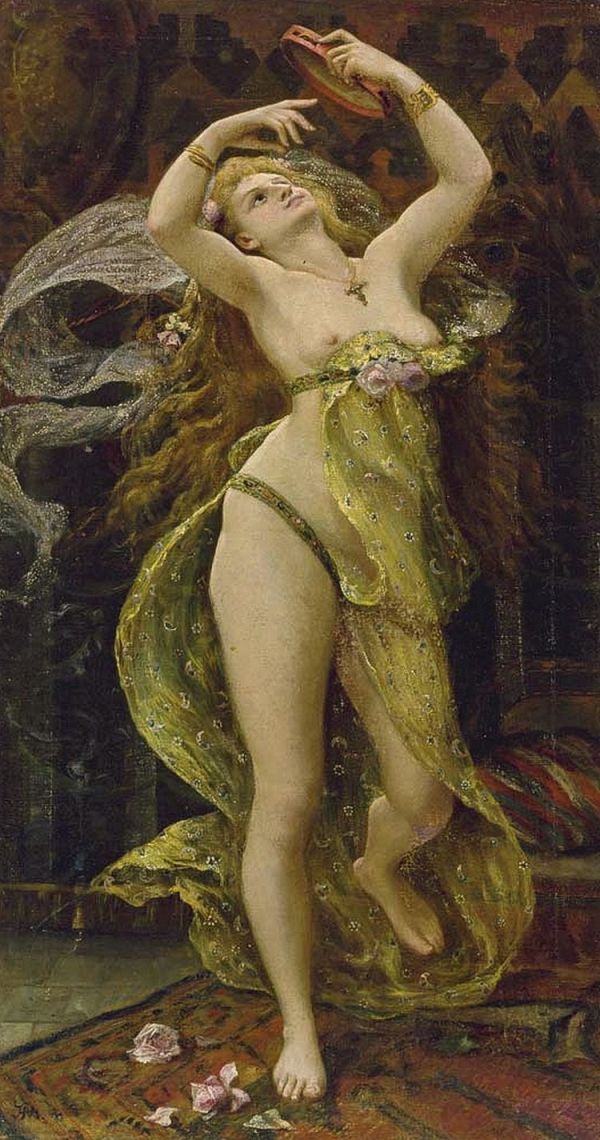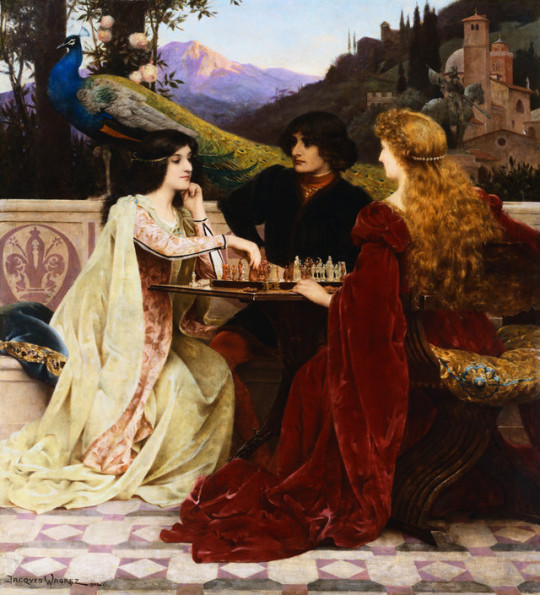#Jacques-clement wagrez
Text
A Master Study featuring Zelda II: The Adventure of Link. In which Link hangs out with the two Zeldas post-game (Who do you think became the Queen of Hyrule?)
This was a difficult piece, but I'm happy with it!
Based on 'The Chess Players' by Jacques-Clément Wagrez (1902)
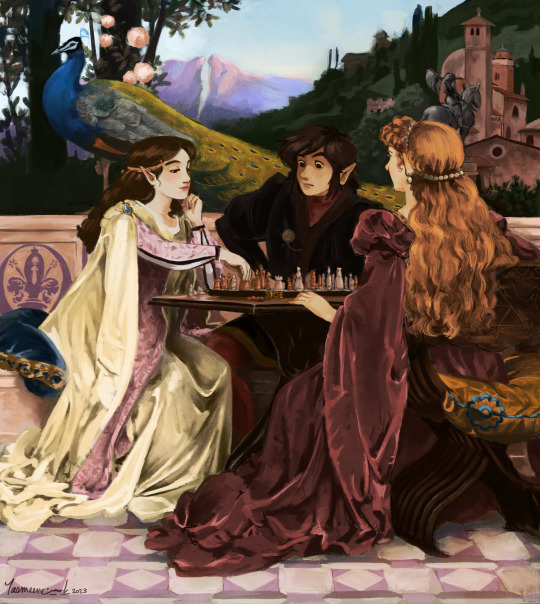
Information on inspiration and process under the cut!
Original piece: "The Chess Players" by Jacques-Clément Wagrez (1846-1908).
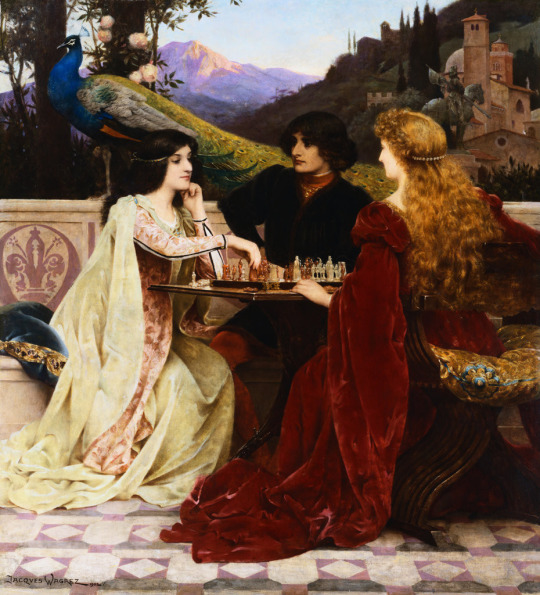
The moment I saw this artwork I immediately thought of Zelda II. One of the women is wearing a medieval-esque red velvet dress, and she looks a lot like the design I made for the cursed princess Zelda!

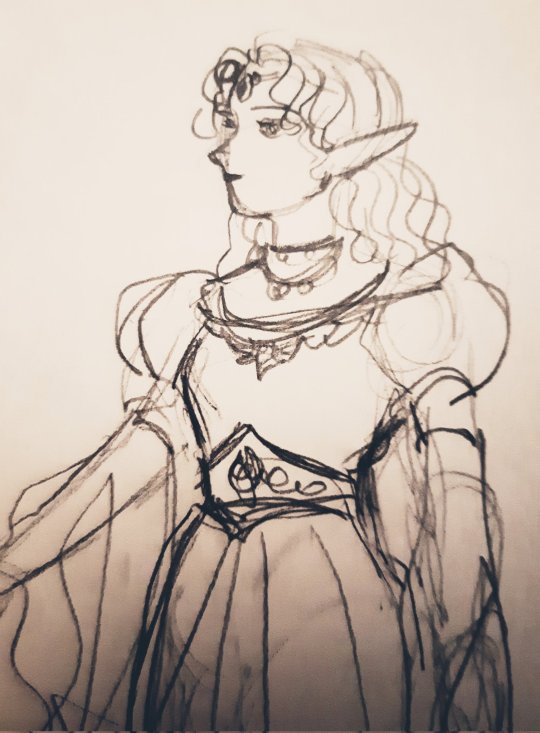
I thought it would be very fitting to reimagine this artwork in a Zelda II context, so I went ahead with it! doubles as a master study and LoZ fanart.
I learnt a LOT from making this piece! Since I worked on it digitally, I got and made brushes that acted as close to traditional brushes, and I also worked on the entire piece in one layer. So whenever I made a mistake, I'd have to paint over. No return. But it was a big learning experience! Learnt more about rendering silk and velvet by observing how they are painted and blended in the original.
Here are some WIP shots! It took a long time to get to where it is now xD It was difficult to finally pen down the right proportions and placement. I probably should've done a grid copy, but I opted to just eyeing it out all the way through. It was... hard. (lesson learnt?)


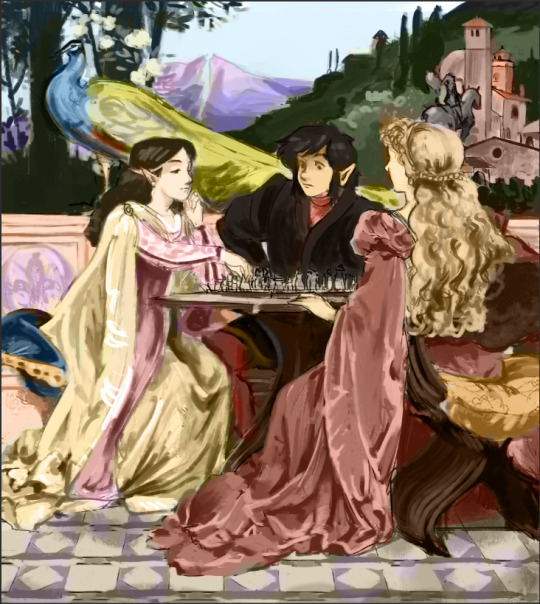
I read that in a lot of older pieces, they are made in greyscale, then flat colours are overlaid on top. makes rendering much easier. and it truly has! I probably should’ve rendered the greyscale version even more. Since there were still a lot of mistakes that I had to rework and adjust while colouring.
Very fruitful experience overall, and I’m just happy to make a grand-scale Zelda II artwork xD I’ve never seen one so I made it!!!
#please check the cut!!!!#loz#legend of zelda#Zelda 2#Zelda II#The adventure of link#master study#atelier hylia#shoutout to my atelier hylia friends for their support#this was a difficult one#very glad to have an artist community I can turn to for critiques and support <3#Jacques-clement wagrez#I should pair this one up with my other zelda 2 master study and sell them as prints huuuhuhuhu#but I DON'T KNOW WHERE TO START#catprint?#if anyone has experience with selling prints dm me ;-;
3K notes
·
View notes
Text

Jacques-Clement Wagrez (French, 1850-1908) • Eros
"Some Cupid kills with arrows, some with traps."
– William Shakespeare, Much Ado About Nothing
#art#painting#fine art#art history#jacques-clement wagrez#oil painting#french artist#cupid#quotatiions#valentine's day#19th century european art#pagan sphinx art blog
37 notes
·
View notes
Photo



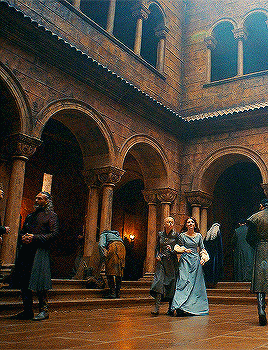


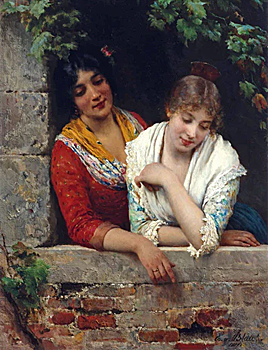


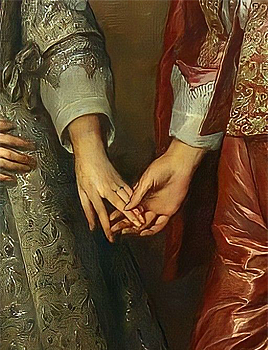
RHAENYRA and ALICENT + art
Vincente Capobianchi | LE HÉRON FAMILIER , 1877
Jacques Clement Wagrez | Promenade médievale , 1899
Aimée Brune-Pagès | Young Lady with her Maid, 1853
Eugen von Blaas | Day dreamers , 1887
Anthony van Dyck | William II, Prince of Orange, and his Bride, Mary Stuart, 1641
#house of the dragon#hotdedit#hotdcentral#rhaenyra targaryen#alicent hightower#rhaenicent#rhaenicentedit#rhaenyra x alicent#userzoya#userneve#userrizz#userbecca#milly alcock#emily carey#game of thrones#gotedit#fireandbloodsource#gifs#*
14K notes
·
View notes
Text

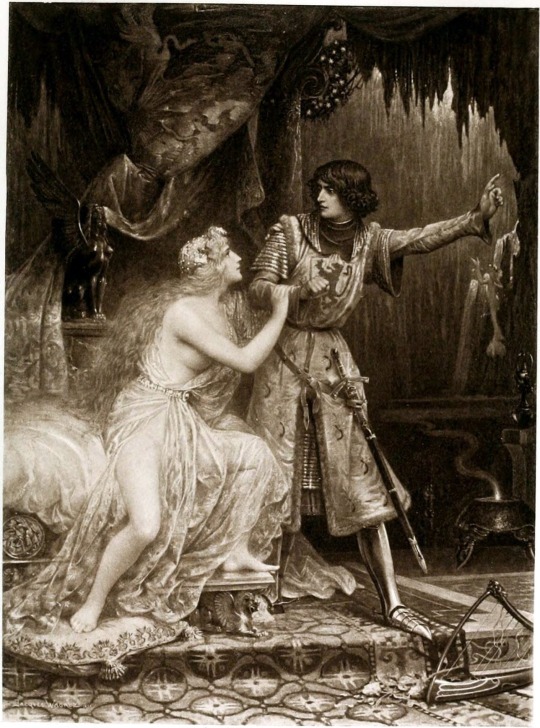
Tannhauser in the Venusberg by Jacques Clement Wagrez 1896
"Tannhäuser was a German Minnesinger and poet. Historically, his biography is obscure beyond the poetry, which dates between 1245 and 1265. His name becomes associated with a "fairy queen"-type folk ballad in German folklore of the 16th century.
Tradition has it that he presumed familial lineage with the old Swabian nobles, the Lords of Thannhausen, residents in their castle at Tannhausen near Ellwangen and ministeriales of the Counts of Oettingen. More likely, however, is a descent from the Tanhusen family of Imperial ministeriales, documented in various 13th century sources, with their residence in the area of Neumarkt in the Bavarian Nordgau.
The illustrated Codex Manesse manuscript (about 1300–1340) depicts him clad in the Teutonic Order habit, suggesting he might have fought in the Sixth Crusade led by Emperor Frederick II in 1228/29. For a while, Tannhäuser was an active courtier at the court of the Austrian duke Frederick the Warlike, who ruled from 1230 to 1246. Frederick was the last of the Babenberg dukes; upon his death in the Battle of the Leitha River, Tannhäuser left the Vienna court.
Tannhäuser was a proponent of the leich (lai) style of minnesang and dance-song poetry. As literature, his poems parody the traditional genre with irony and hyperbole, somewhat similar to later commercium songs. However, his Bußlied (Poem on Atonement) is unusual, given the eroticism of the remaining Codex Manesse.
Based on his Bußlied, Tannhäuser became the subject of a legendary account. It makes Tannhäuser a knight and poet who found the Venusberg, the subterranean home of Venus, and spent a year there worshipping the Goddess. After leaving the Venusberg, Tannhäuser is filled with remorse, and travels to Rome to ask Pope Urban IV (reigned 1261–1264) if it is possible to be absolved of his sins. Urban replies that forgiveness is impossible, as much as it would be for his papal staff to blossom. Three days after Tannhäuser's departure, Urban's staff bloomed with flowers; messengers are sent to retrieve the knight, but he has already returned to Venusberg, never to be seen again.
The Venusberg legend has been interpreted in terms of a Christianised version of the well-known folk-tale type of a mortal visiting the Otherworld: A human being seduced by an elf or fairy experiences the delights of the enchanted realm but later the longing for his earthly home is overwhelming. His desire is granted, but he is not happy (often noting that many years have passed in the world during his absence) and in the end returns to fairy-land.
The Venusberg legend has no counterpart in Middle High German literature associated with Tannhäuser. Venusberg as a name of the "Otherworld" is first mentioned in German in Formicarius by Johannes Nider (1437/38) in the context of the rising interest in witchcraft at the time. The earliest version of the narrative of the Tannhäuser legend, as yet without association with the figure of Tannhäuser, and naming a "Sibylla" instead of Venus as the queen in the mountain, is recorded in the form of a ballad by the Provencal writer Antoine de la Sale, part of the compilation known as La Salade (c. 1440)."
-taken from Wikipedia
https://paganimagevault.blogspot.com/2020/05/tannhauser-in-venusberg-by-jacques.html
#venus#aphrodite#freyja#germanic#europe#pagan#european art#german history#paganism#tannhäuser#middle ages#medieval#teutonic order#heretic#knight#crusades#art#19th century art#Jacques Clement Wagrez
37 notes
·
View notes
Photo

💗💜.¸¸.•´¯`☆ºஇ•´♥
Jacques Clément Wagrez ~ The Judgment of Paris ~
23 notes
·
View notes
Photo

The Chess Players - Jacques Clement Wagrez
32 notes
·
View notes
Photo

Jacques-Clement Wagrez The Storyteller, 1890
33 notes
·
View notes
Photo

"the chess players".
Jacques Clement Wagrez
17 notes
·
View notes
Photo

Perseus. 1879. Jacques Clement Wagrez. French 1850-1908. oil/canvas. http://hadrian6.tumblr.com
516 notes
·
View notes
Photo

Florentine Woman
Jacques Clément Wagrez
12 notes
·
View notes
Text

Exercise of intellect. JACQUES CLEMENT WAGREZ
1 note
·
View note
Link
13 Classic Works of Art, Egyptian Women. With Footnotes
Guido Bach, Henri Guillaume Schlesinger, Jacques Clement Wagrez, John Singer Sargent, Luis Ricardo Falero, Wilhelm Kotarbiński,
http://myartblogcollection.blogspot.com/2016/07/13-classic-works-of-art-egyptian-women.html
0 notes


